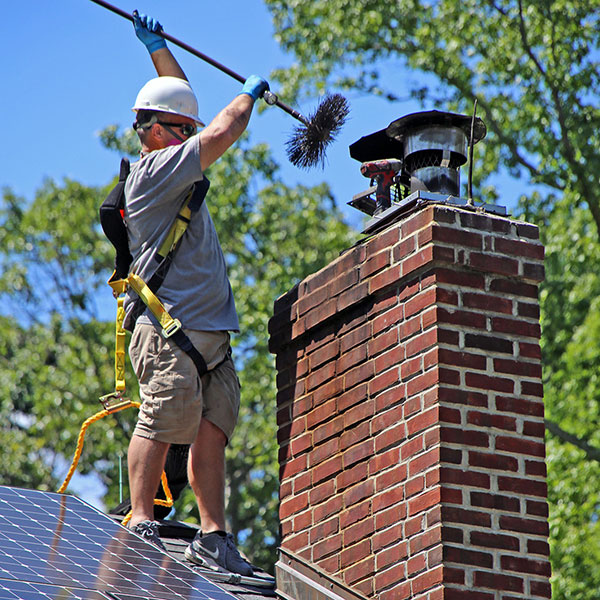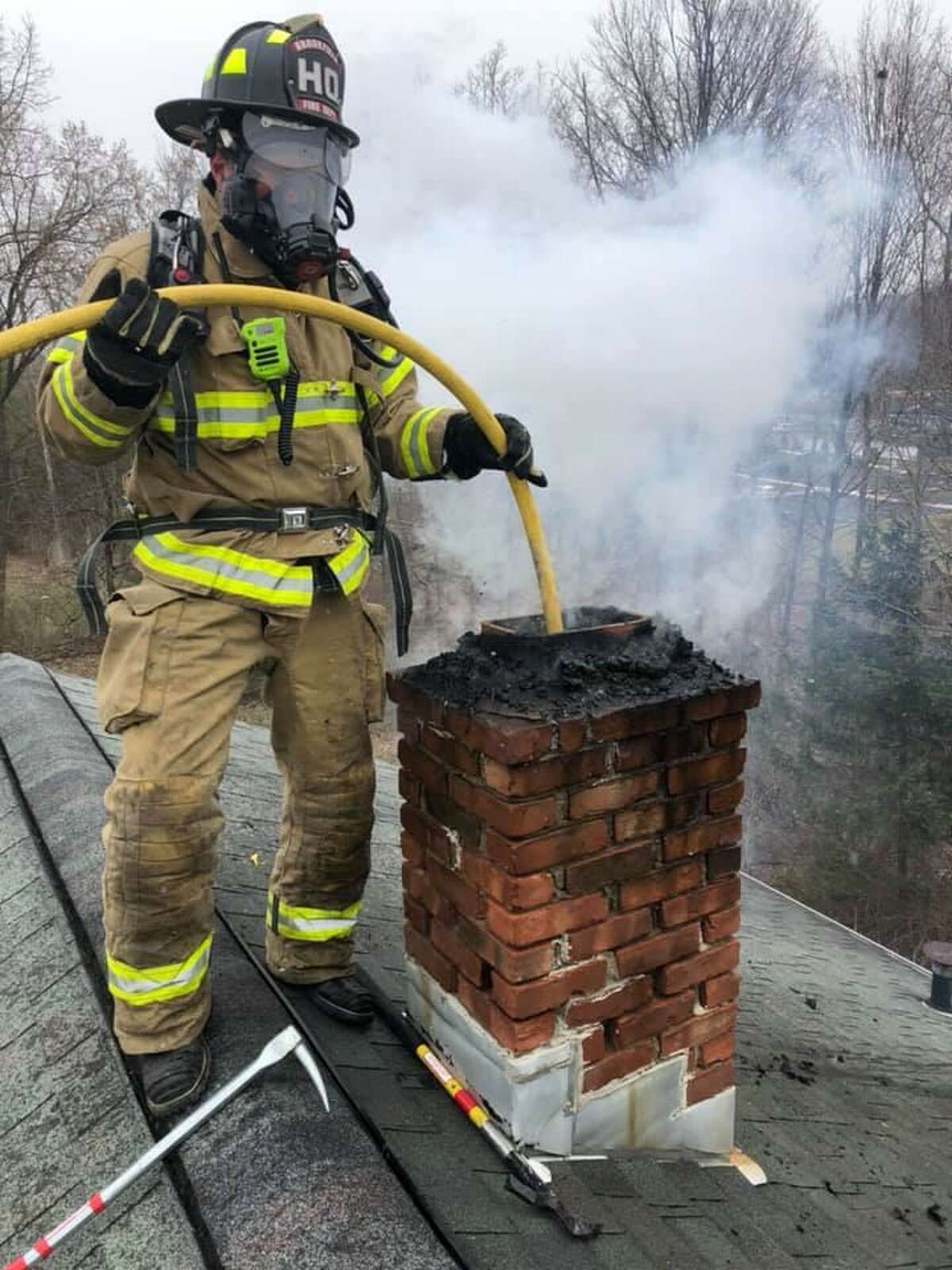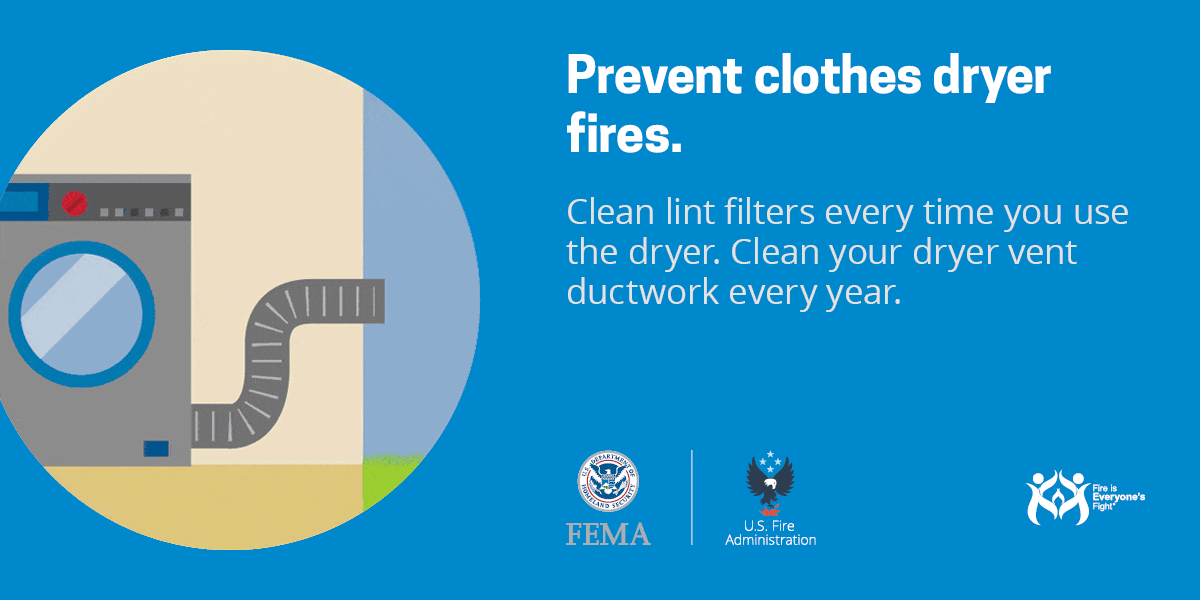
Fall yard clean up can be a big job. Make sure you keep safety in mind! Following these helpful safety tips can make raking less painful – and help you turn over a new leaf by embracing fall yard work all season long!
- Do not twist your body while raking. For example: Use your legs to shift your weight rather than your back.
- Avoid throwing leaves over your shoulder or to the side, which can cause twisting and muscle strains in your back.
- Use the right-sized rake for your height and strength.
- Warm up with some light stretching for 10 minutes prior to raking.
- Wear gloves on your hands to help prevent blisters and cuts.
- Wear shoes with good traction to minimize the risk of falling.
- Bend at the knees to pick up items, not at the waist.
- Switch up your movements to give different muscle groups a break.
- If you begin to feel tired, take breaks and slow down your pace.
- Like with other exercises and physical activities, drink plenty of fluids to prevent dehydration.
- When you’re done, stretch to help relieve tension in the muscles.
*These and more fall safety tips can be found on the Advocate Health Care website.
A clean chimney is a happy chimney!
Have a professional do this…

So we don’t have to do this!

Get an annual chimney inspection. Have your chimneys inspected and swept if needed. If the chimney (fireplace & furnace/water heater/flue) is clean and free of obstructions, there is less danger of a chimney fire or carbon monoxide poisoning.
Free and Clear. Make sure that the top of the chimney is free and clear of tree branches, ivy, or overhanging branches.
Cap it. Have a chimney cap installed on all of the flues. New chimney caps are usually constructed of stainless steel and do not rust. They keep out rain, birds, raccoons, squirrels, leaves and other debris that could obstruct the flow of flue gasses in your chimney.
The right fuel for the job. Well seasoned hard wood yields the most Btu’s (heat) for your fireplace or wood stove. Wood that has been split and stacked for 6 months out of the rain will be dry enough. Do not burn Christmas trees, pressure treated or painted scrap lumber in your fireplace or wood stove.
Liquid free light. Do not use any type of liquid fire starters (lighter fluid, charcoal grill lighter, gasoline, etc.) to start the fire. Only use fire starters specifically designed for fireplaces and wood stoves. Besides the inherent danger of out of control flames inside the home, some of these accelerants can leave residues that may ignite inside the flue (chimney fire).
Keep it clear. Keep all furniture and combustible furnishings at least 36 inches away from the fireplace or wood stove. Exposure to heat can lower the ignition temperature of combustible items over time, and they can catch fire.
Screens or doors. Have a fireplace screen or set of glass doors with a screen in front of your fireplace during operation. Flying sparks from sappy wood can burn holes in your carpet or furniture. Remember, if you have glass doors, they must be open during the operation of your fireplace, do not close them if a fire is burning. The glass is not rated for those temperatures and the fire will be starved for oxygen and may smoke up the home.
Smoke detectors and carbon monoxide detectors are a must. Some of the newer units will detect both smoke and carbon monoxide, but both types should be installed through out the home.
Treat your fire like a toddler, watch them. Tumbling logs off the grate can knock over a fireplace screen and start a house fire. Do not leave them unattended.
Pick the right company. Do your homework on the company you choose to inspect and sweep your fireplace/ furnace flues. What kind of certifications and training do they have?
Did you know?
You are at higher risk of having a clothes dryer fire if you don’t clean your
lint filter and dryer vents.
Follow these simple safety tips to prevent a clothes dryer fire in your home.
* Have your dryer installed and serviced by a professional.
* Do not use the dryer without a lint filter. Clean the lint filter before and after each cycle.
* Do not forget to clean the back of the dryer where lint can build up.
* Check the venting system behind the dryer to make sure that it is not damaged, crushed or restricted.
* Make sure that the outdoor vent covering opens when the dryer is operating.

